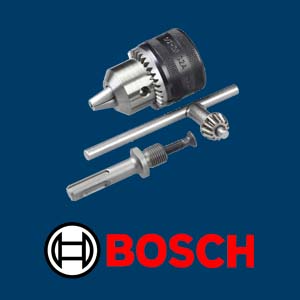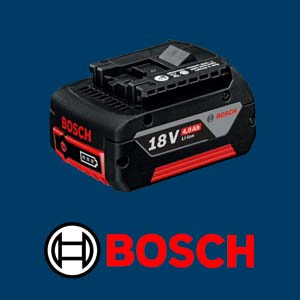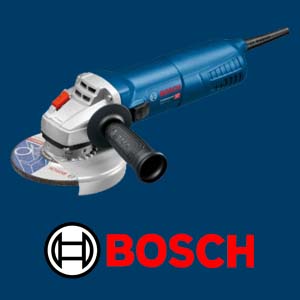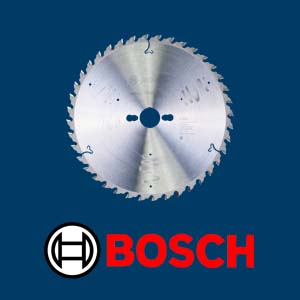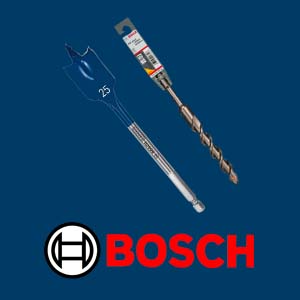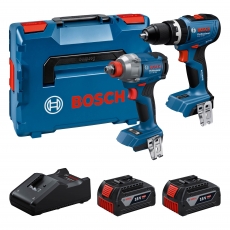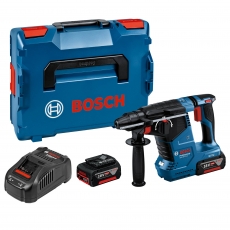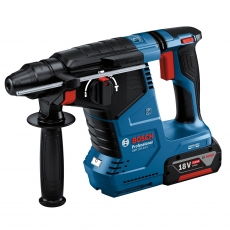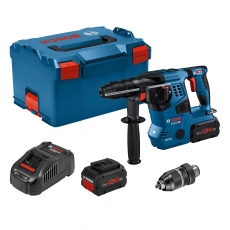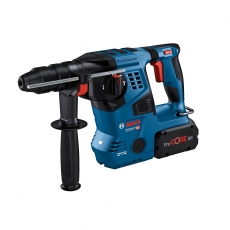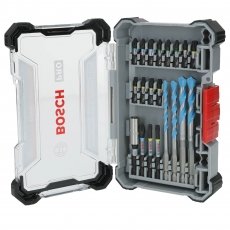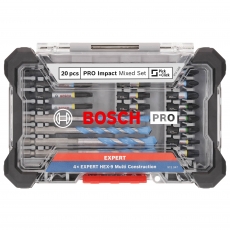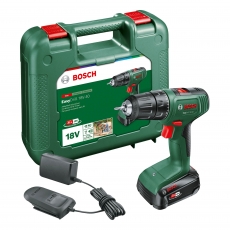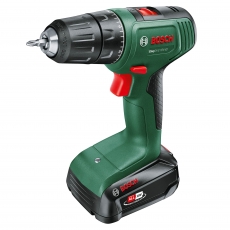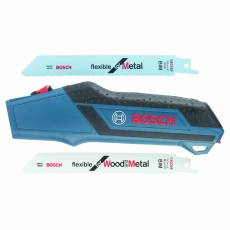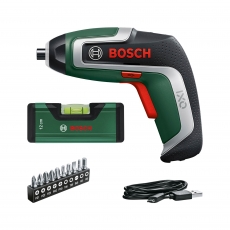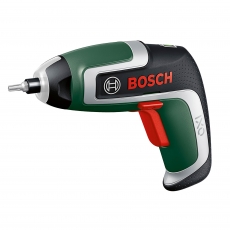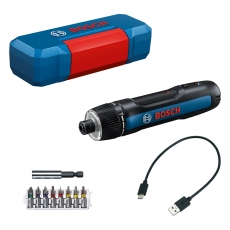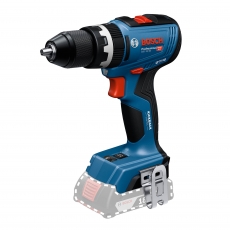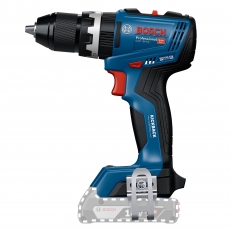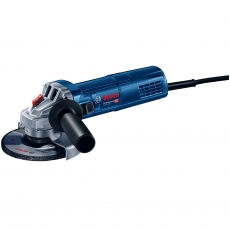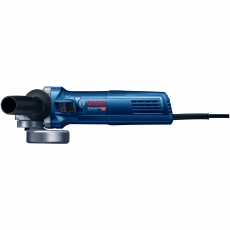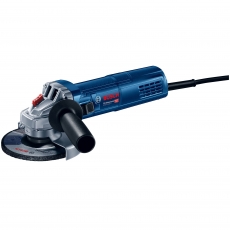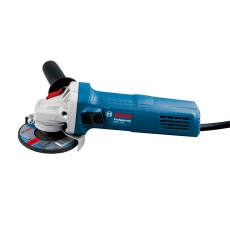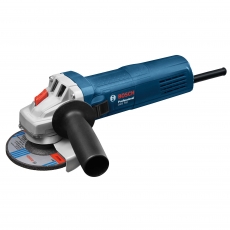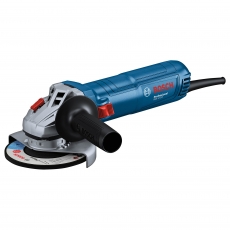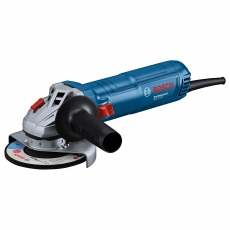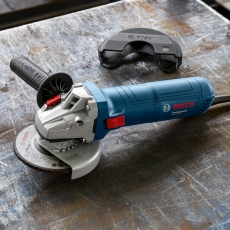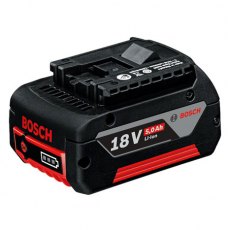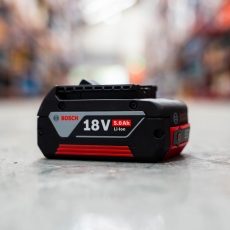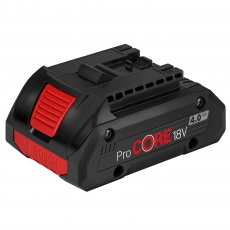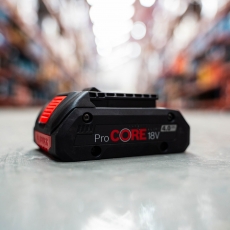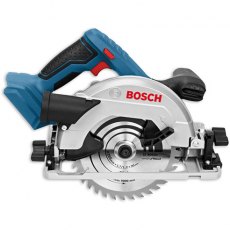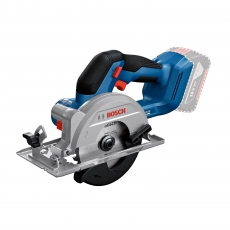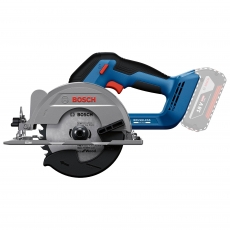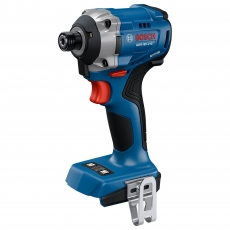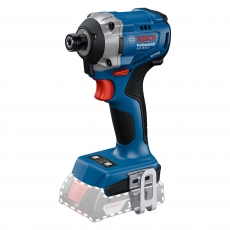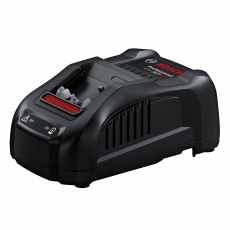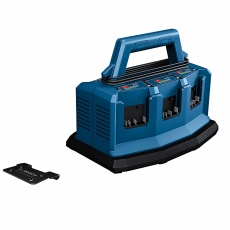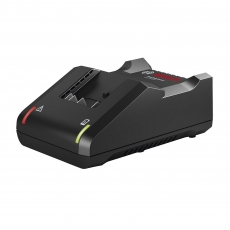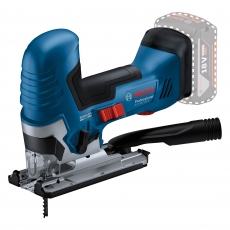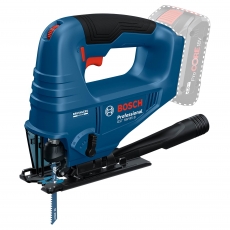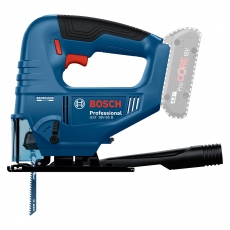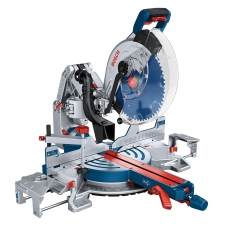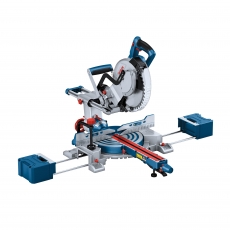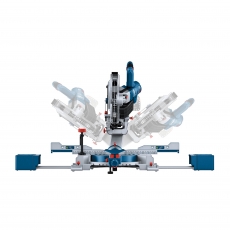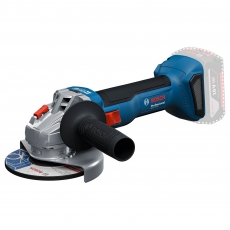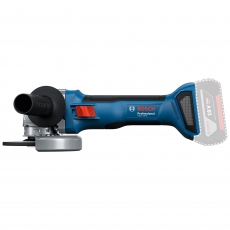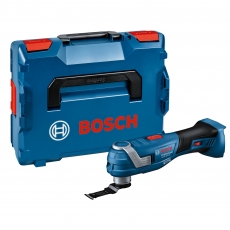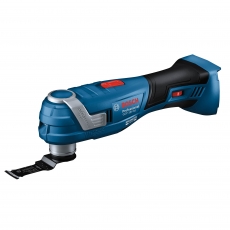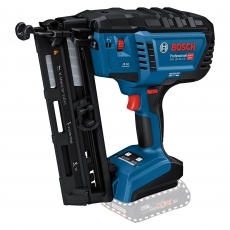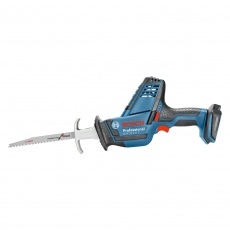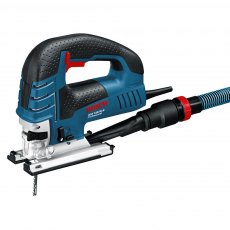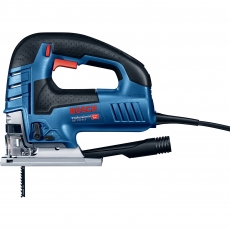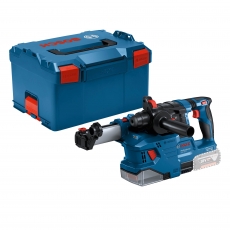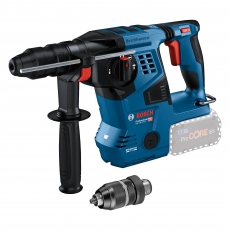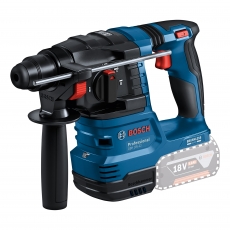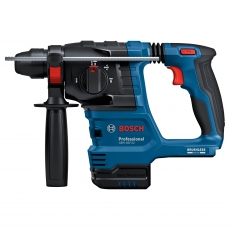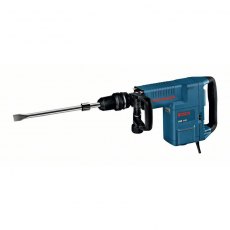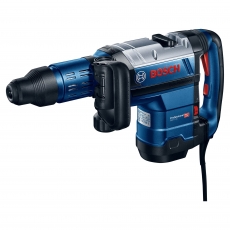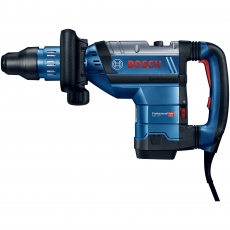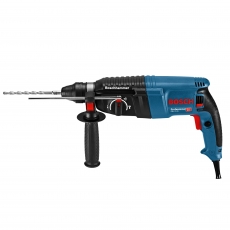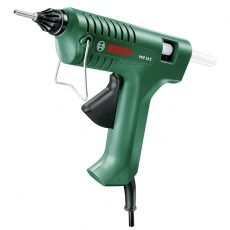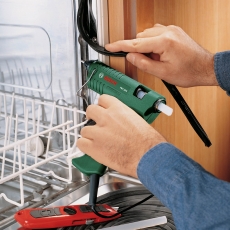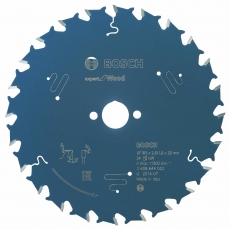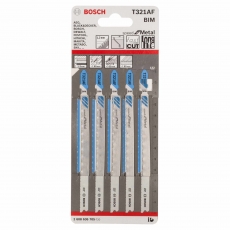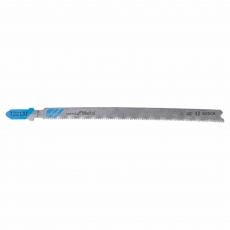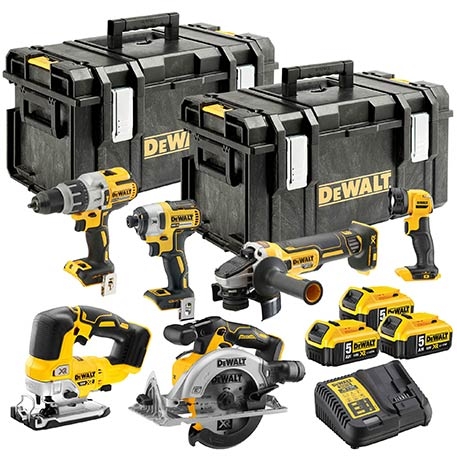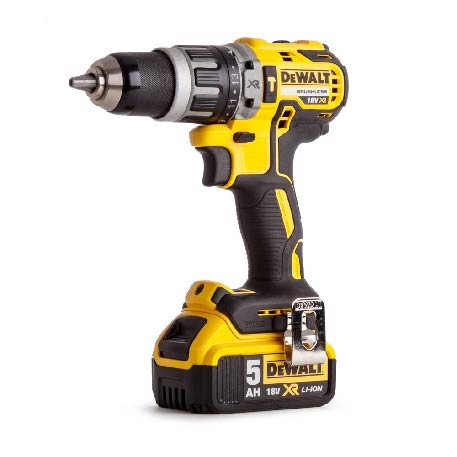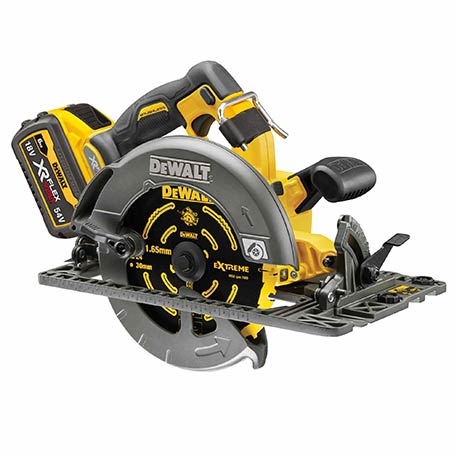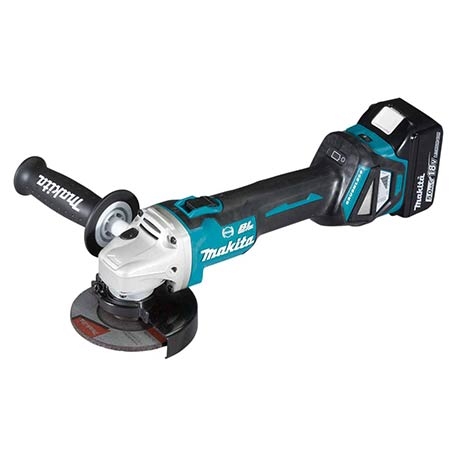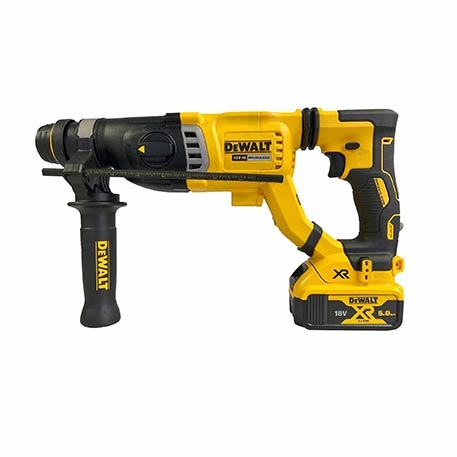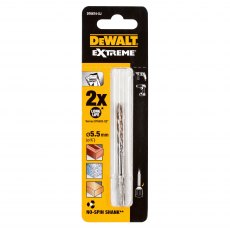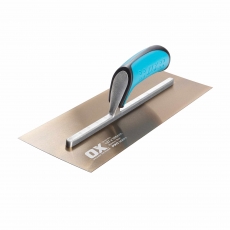
BOSCH
BOSCH Categories
Popular Categories
As a world market leader for power tools and power tool accessories, BOSCH’s success can be attributed to its furious pace of innovation, with over 100 new power tools entering the global market every year. They are a pioneer of design and manufacturing with more than a century’s worth of experience, developing power tools, cordless drills and drill spares, rotary and oscillating tools, power tool accessories, laser and optical-levelling devices and range-finding tools that meet the highest standards in speed, precision and robustness for great, professional work results.
BOSCH are so confident about the quality of their products that they will extend their manufacturer's warranty from one year to three, free of charge, provided you register your product online within four weeks of purchase.
Find out more at the BOSCH UK website.
Read our complete comparison guides between Bosch and DeWalt power tools now. We also have a detailed guide on how Bosch's range of power tools compares with Makita's selection of products.
Bosch Power Tool FAQs
Are Bosch a reliable tool brand?
Bosch is a German manufacturer that have been around for over 100 years. Bosch has earned a reputation in the industry for their high-quality and reliability. Each tool is designed with optimal ergonomics, manufactured with the best materials, and their batteries have some of the longest shelf life on the market.
A world leader in the power tool industry, Bosch offer premium tools at competitive prices offering everything from combi drills and routers to dust extractors and lawnmowers. These are complemented with excellent customer care to make Bosch one of the most trusted brands on the market.
Their range includes drills, jigsaws, sanders, cordless leaf blowers and angle grinders and come in two ranges. The green tools are aimed towards DIYers, whereas the blue tools offer more power, more torque, and longer lasting batteries aimed more towards professional tradesmen. Both ranges can be relied upon for their excellent quality and performance.
What are Bosch tools known for?
Bosch make almost every type of tool you can think of, but they are best known for the following power tools:
Circular saws
Bosch circular saws are fitted with a powerful motor that can tackle even the most demanding tasks. They are designed for cutting wood but can also be used on other materials. They are suited to various applications on the jobsite thanks to their versatility and portability.
Sanders
Bosch sanders smooth surfaces using sandpaper of varying grit levels. They are designed with an ergonomic wrist rest and compact design for comfortable use. Whether you need a fine finish or lots of material removed, a Bosch sander will get the job done quickly.
Angle grinders
Bosch angle grinders offer outstanding performance removing excess material from a metal workpiece by cutting and grinding. It’s a useful tool for both domestic use and commercial construction.
Cordless planers
Powerful and precise, a Bosch planer will rapidly remove material, leaving a polished finish. Unique to Bosch, the wood razor single-blade system allows for fast and easy blade changes. You can also easily change the depth of cut to provide a professional finish.
What is the best Bosch power drill?
Bosch is a German brand well known for making high quality tools and their drills are no exception. Bosch drills are versatile tools, able to drill holes as well as screwing and unscrewing. When considering which Bosch drill to buy, it’s worth knowing that they come in many varieties ¬– and the best Bosch drill will depend on what you need it for. To choose a Bosch power drill you will want to consider the following:
Power supply
Corded Bosch drills are plugged into a wall socket. They can be used indefinitely and have a higher average rotational power than battery-powered drills. However, you will always need to be near a power source and their power cables could get in the way while you’re working. Cordless Bosch drills use rechargeable batteries located in the bottom of their grip handle. They offer the convenience of manoeuvrability but do need to be recharged frequently.
Power
Different materials will need different wattages to drill through. 4 to 8V drills can be used for lighter applications like drilling through wood and screw driving, whereas 12 to 18V drills will be able to tackle much denser materials. Voltage defines how powerful a Bosch drill is, while RPM refers to its revolutions per minute. Up to 700rpm would be more appropriate for lighter work or drilling into wood, whereas anything over 1,000 would be more suitable for industrial use.
Chuck size
The chuck holds the bit used for drilling, filing, or screwing. Bosch drills can come with 1/4″, 3/8″ and 1/2″ chucks. Larger chucks are better for more heavy-duty tasks.
Additional features
Reverse function turns the drill bit the opposite way – useful if you’ve placed a screw in the incorrect position or at the wrong angle. Look out for built-in lights that can illuminate workpieces that are in dark or awkward places.
What is the best Bosch circular saw?
Bosch circular saws are exceptionally well-made and designed with durability, resistance, and ergonomics in mind. Choosing the best circular saw will depend on what you need it to do. They produce both hand-held and bench circular saws. With a Bosch circular saw bench, you’ll want to make sure you have the necessary space for it. It is best suited for work on small and delicate woods, as there is not the same freedom of use as with a handheld model. The handheld version is more suitable for larger wood and has the great bonus of being easily transported and moved around the jobsite. When choosing a Bosch circular saw, you’ll want to consider the following:
Power
Measured in watts for corded tools and volts for battery models, a circular saw with higher power will perform deeper cuts in a faster and more effective way.
Diameter of the blade
The circular saw uses a cutting disc. Each saw has a supported blade diameter, and this is the size of the accessories that you should use with it.
Cutting capacity
Your Bosch circular saw can be used at different angles, allowing you to make different cuts. However, in each position there is a specific cutting capacity that indicates how far the saw can penetrate the material you are cutting. This is measured in millimetres. If the workpiece is thicker than the cutting capacity, it will not be possible to cut it completely.
What is the best Bosch power tool battery?
Bosch batteries provide power to a variety of cordless Bosch tools. Bosch batteries offer impressive run time and performance and are often interchangeable for convenience and flexibility in the workplace.
Voltage is a major factor in determining the amount of power a battery can make available to tools. Bosch Professional power tool batteries are available at different power levels, described in terms of their voltage. Each of these battery voltage groups is associated with a compatible set of Bosch tools. So, the voltage identified in the name of your power tool will tell you which group of batteries you can choose from.
Bosch 10.8V / 12V range
Smaller and more lightweight, the 10.8V and 12V range is intended for tools that perform relatively light tasks. They are easily portable and comfortable to use and, as an added convenience, you can share 10.8V and 12V batteries between 10.8V and 12V tools.
Bosch 18V range / ProCore18V
Used by the blue professional range of tools, Bosch 18V batteries have moderately power-intensive uses. The ProCORE18V power tool battery range provides distinct advantages across all the important battery parameters. It is comparable to the standard 18V range, but in fact more akin to the 36V range in terms of power thanks to technical advances made by Bosch engineers. Bosch have achieved this while reducing the size of the cells, making it a lightweight but powerful range.
Bosch 36V
For tools with major power requirements equivalent to petrol-driven tools, the Bosch 36V range of batteries pack some serious power.
What other power tools do Bosch manufacture?
Bosch make almost every type of power tool you can think of, including combi drills, drill drivers, impact drivers, rotary hammers and demolition hammers, diamond technology tools, impact wrenches and drivers, saws, multi-cutters, sanders and planers, routers, dust extraction systems, measuring technology, heat guns and glue guns, service air tools, pressure washers, lights and torches, radios, screwdrivers, angle grinders, straight grinders, band saws, shears, circular saws, plunge saws, jigsaws, reciprocating saws, random orbit sanders, orbital sanders, nailers, multi rotary tools, caulk guns, dust extractors, blowers and lawnmowers.
At ToolstoreUK, we stock a wide range of Bosch tools available to order online today. Place your order before 4pm for next day delivery ¬(Monday to Tuesday) – and if your order is over £30, we’ll deliver free of charge. Our team are always happy to help, whether you contact us via our online form, give us a call, or call into our shop in Wigan.




